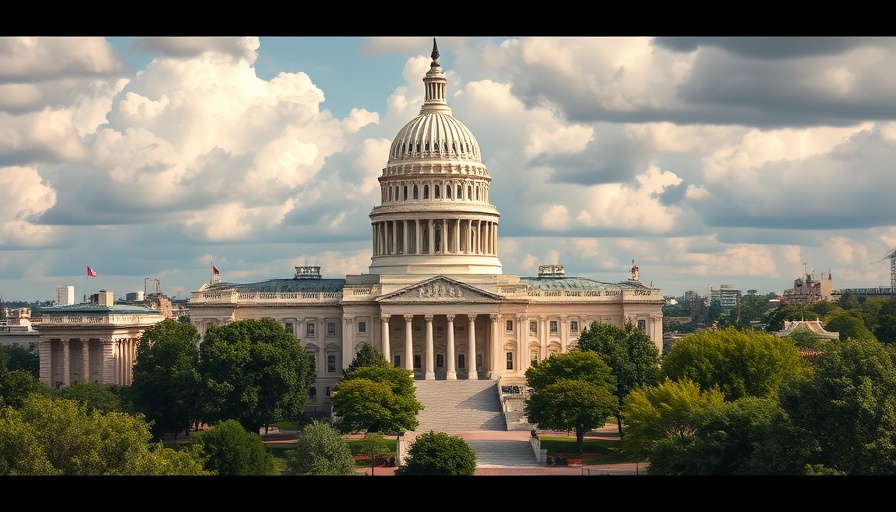
A Return to the Office Amid Uncertain Times
On June 1, 2025, Minnesota Governor Tim Walz's mandate for state employees to work at least half-time in the office officially took effect, just as reports surfaced of looming layoffs due to potential budget failures. Approximately 700 employees have been warned they could face temporary job losses if the legislature fails to finalize a two-year budget by the end of June.
A Sense of Deja Vu
For many government workers, the current climate echoes the chaos experienced during the 2011 government shutdown, which lasted 20 days. John Wilson, an economist working for the Minnesota Department of Transportation (MnDOT) for the past 15 years, recalls the tension vividly. “Everybody says there’s no sign it will come to that, but I remember it felt like that last time,” he said, referencing the anxiety surrounding the current budget debates. Wilson, like many others, recognizes the weight of these budget discussions and the potential impacts on their livelihoods.
What’s at Stake?
As the clock ticks toward critical deadlines, the Minnesota legislative session has concluded without a finalized budget, leaving massive areas of public funding, including Health, Human Services, and K-12 Education, in jeopardy. According to reports, the budget proposal hovers around $66 billion but remains unapproved due to political disputes. This situation is particularly precarious given the transformative role these sectors play in public welfare and the local economy.
Union Pushback: The Stakes of a Return
The Minnesota Association of Professional Employees (MAPE) is actively opposing the return-to-office order and organizing rallies to voice their concerns. They have called for unity among employees to demand not just the prevention of layoffs but a budget that adequately supports all state programs. With around 18,000 members, their influential presence in such negotiations could play a crucial role in shaping the outcome.
Looking Forward: Hope for Compromise
Despite the current situation, legislative leaders suggest that a budget agreement might be closer than it appears, with hopes to convene a special session by week’s end. Closed-door discussions regarding education and health funding have been ongoing, and some lawmakers anticipate action will follow soon. However, until actual decisions are made, the uncertainty remains a heavy burden on state employees.
Understanding the Bigger Picture
This situation in Minnesota reflects broader issues of economic stability, government responsibility, and worker rights that resonate nationwide. As state employees brace for potential job losses and a transition back to the office, many are left wondering what the future holds for each of them and their families.
Whether it's pushing for political compromise or adapting to new work environments, the unfolding events in Minnesota serve as a poignant reminder of the delicate balance between government operations and employee well-being. As employees navigate this challenging period, local action and solidarity may be crucial in creating a more favorable outcome.
 Add Row
Add Row  Add
Add 




Write A Comment